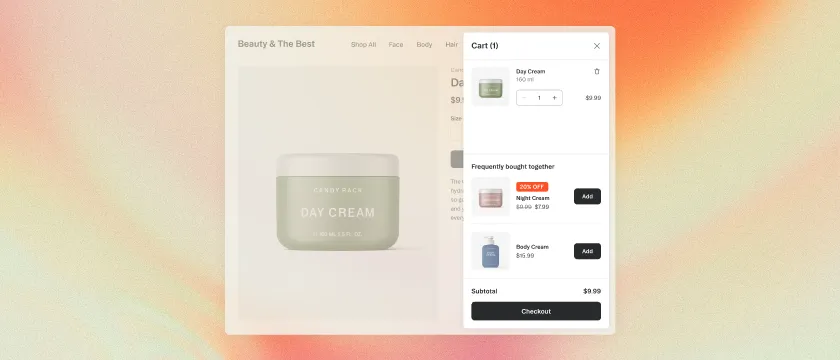From time to time your store inventory may become unavailable. Having sold out items on your Shopify store is nothing you should be worry about if you learn how to handle it properly. Often when the item becomes sold out, many store owners either don't do anything, or just unpublish it from the store. There is definitely a better way to handle it. That's why we have put together this article to share a few tips how to handle the out-of-stock items.
1. Move sold out products to the end of your collections
When product is out-of-stock it typically means it can't be purchased. Therefore it doesn't make any sense at all to show it at the top of your store collections. The best solution is to move the sold out items to the bottom of the collection.
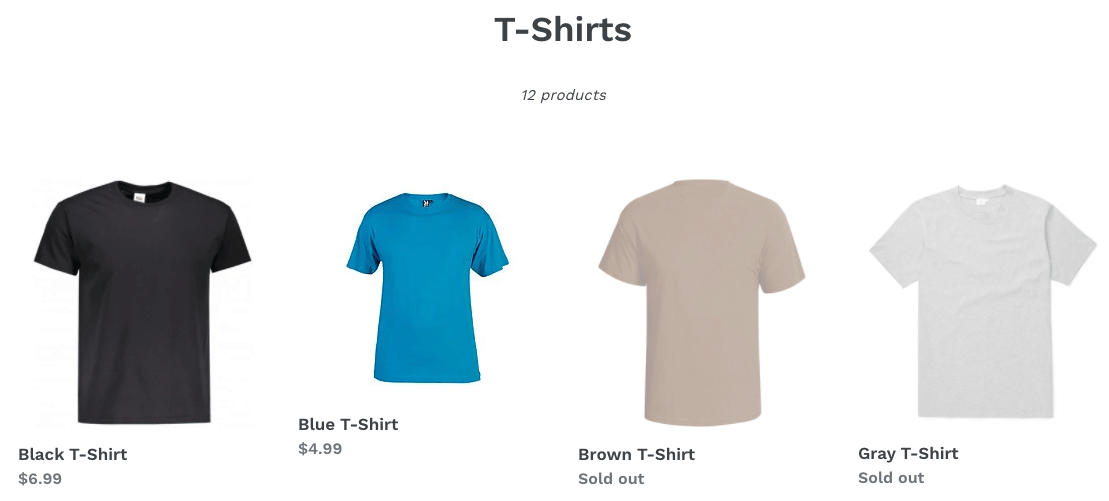
Unfortunately, there isn't any native way of doing in Shopify admin. But there are several third-party apps that can handle it for you fully automatically. Check out the list of the best apps for hiding sold-out products to choose the one for your store.
For example, our app Nada takes care of your store collections and automatically pushes down sold out items. When they become available again, the app puts them back to the original position.

2. Add a "sold out" badge
Besides moving the sold out items to the bottom, you can also add a badge (stamp) saying the item is "sold out". That helps your customers to quickly distinguish between availability of your inventory. Most of the Shopify teams are using a special HTML class if the item is out-of-stock, so you can target with a custom CSS. That's how we managed to add the simple badges shown on the image below.

The custom CSS we have used is pretty simple.
If you need help, we can implement a custom badge on your store, too. See our custom development services for more details. Alternatively, you can use one of the "badges" apps. There are plenty of good and free ones.
3. Enable pre-orders or back-in-stock notifications
Even if the item is sold out, you should offer your customers some way of showing interest. This can be typically done either by allowing pre-orders, or by collecting customer's email address to let him know when the item is available again.
To enable pre-orders, you can simply check the box "Continue selling when out of stock" in the product details "Inventory" section. That means customers will be able to purchase the item as usual even if it's out-of-stock. If a product has multiple variants, you need to edit each inventory variant specifically.
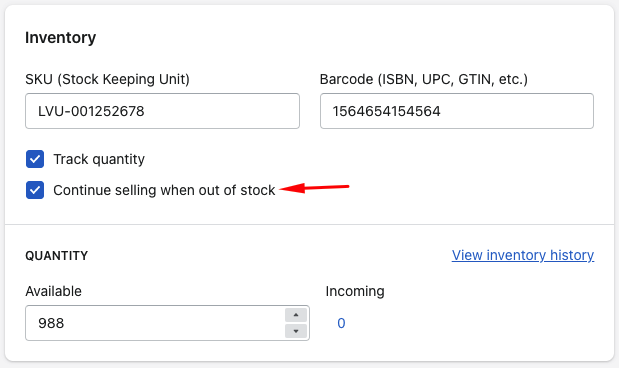
Please note the option is only available when "Track quantity" is checked. If it's not checked, it basically behaves as "Continue selling when out of stock" by default, only without tracking the actual inventory.
It's also a good practice to inform the customer that the product he or she is buying is out of stock. You should somehow communicate how long it approximately takes to deliver it. There is also a plenty of pre-order apps on Shopify App Store, but you will need to pay for a good one.

Another way of engaging with your customers is to collect their email and let them know when the item is back in stock. A good example of this approach is shown on the image above. The best way to do this is using some of the back-in-stock apps.
4. Don't hide the products by unpublishing them
Many merchants don't want to display sold out products at all, and simply wants to hide them. Shopify basically offers a two ways of hiding products. You can either set the product status to draft, or unpublish it from the Online Store channel. Unfortunately, both ways will lead to non-existing page and generate a 404 error. That's a big problem for search engines like Google. Also, if you are running and ad campaigns on Facebook or Instagram, linking to a non-working URL can potentially lead to account disablement.
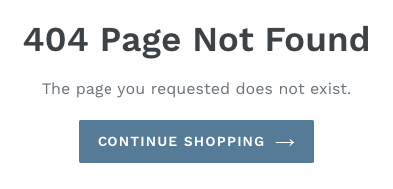
So what's the best way to hide the product from your storefront, but still keep the URL active for Google and others? Remove the product from the store collections. If you are using automatic collections, you can simply add a rule that inventory stock need to be greater than 0 as shown on the image below.
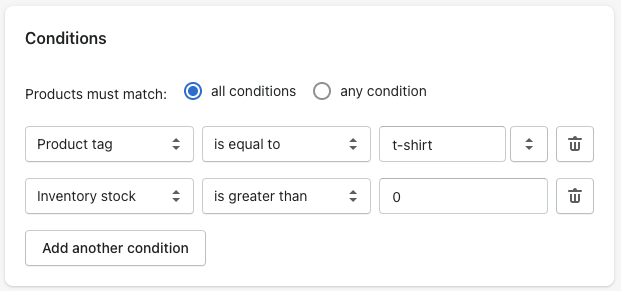
If you are using manual collections, you will need to remove the item from the collection manually. That can be very time consuming because you will need to manually add it back when the item becomes in-stock again.
You can also use a third-party app like Nada that hides sold out products automatically and puts them back when they are available.
Learn more about hiding sold-out products on Shopify from our article.
5. Offer in-stock alternatives
On the product detail page of the sold out item, you can show similar products that are in-stock and customer can purchase them immediately. This is a great strategy especially if the sold out products still get a lot of traffic from other channels.

Many Shopify themes has section that can display related products, so you can simply add it below the product details. Unfortunately, it can't be customized for in-stock vs. out-of-stock products. Ideally you should adjust the messaging a bit like on the image above.
6. Check your marketing campaigns
This may sound silly, but you would be surprised how many merchants are paying for clicks leading to out of stock products. You can also keep the campaigns active, but make sure you implement recommendations #3 and/or #5, and #4 is absolute must.
7. Predict and forecast your inventory
If you are having sold out products regularly and more often than you want to, you could start forecasting your inventory levels. Predicting when the item will become out-of-stock will help you to order a new batch just in time. Good start is also setting up an email notification when quantity of a product will drop under certain threshold. There are a few Shopify apps to help you with that.
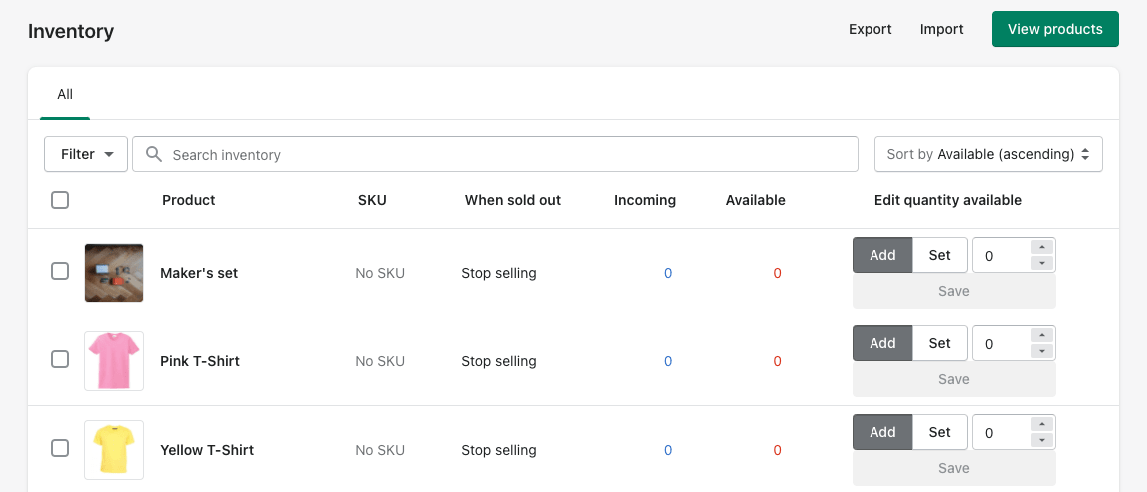
Shopify offers a basic overview of your inventory levels (available by going to Store admin > Products > Inventory). You can see incoming and available quantities, sold out behaviour (stop or continue selling), add or set custom quantity, and export/import all products.
8. Use ABC inventory analysis
ABC inventory analysis is useful to understand how to manage your products including their inventory. When to order items, how long you can keep item out-of-stock, for what products you should have backup stock and so on. It basically divides products into three categories:
- A-grade – These are your top-selling products, that account for around 80% of your revenue. They are the most important products that you absolutely need to have in-stock all the time. You should also have a backup inventory in case the demand will suddenly increase.
- B-grade – These products account for 15% of your revenue. Products in this category do sometimes move into the A level or the C level. Most of your products will likely be in this category. You should have them in-stock, but you can order new batch just in time to help your cash flow.
- C-grade – These products account for 5% of your revenue. From time to time, you can have them sold out as they are not important to your business.

Hence the name ABC analysis. To quickly perform the ABC analysis on your store simply go to Shopify store admin > Analytics > Reports > Inventory > ABC analysis by product. You can learn more about the analysis in this Shopify article.















